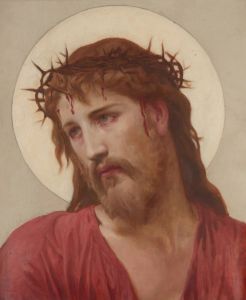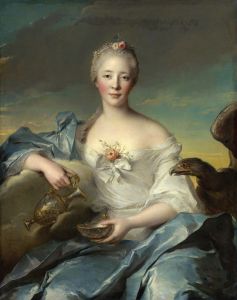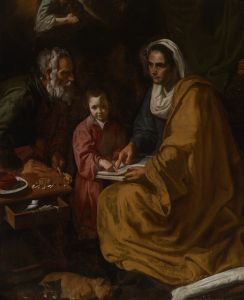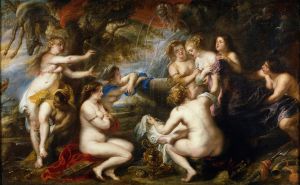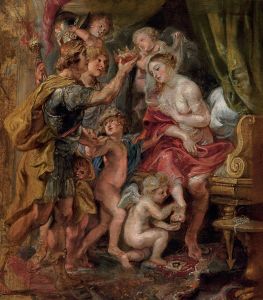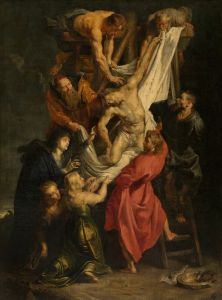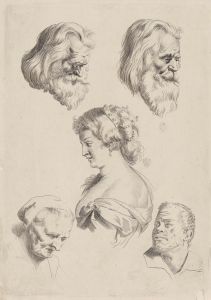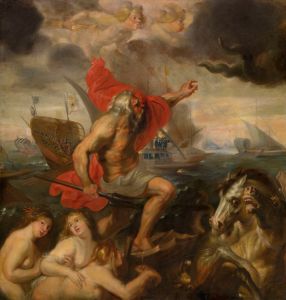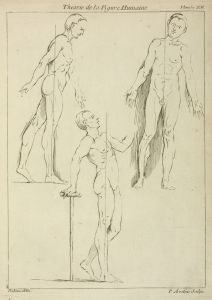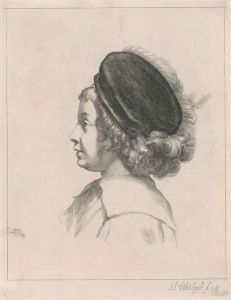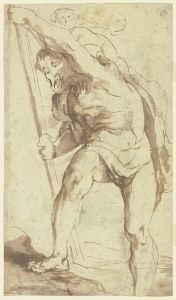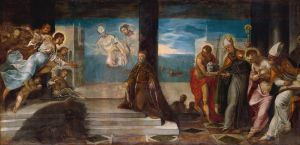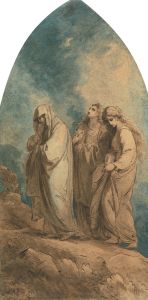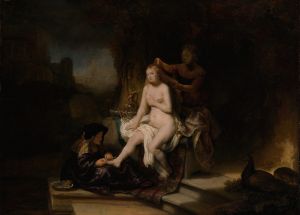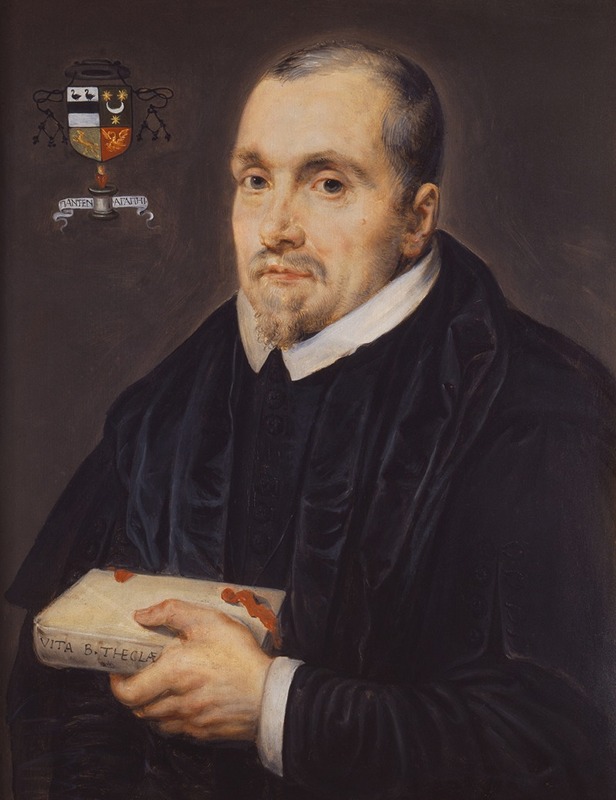
Portret van Petrus Pantinus
A hand-painted replica of Peter Paul Rubens’s masterpiece Portret van Petrus Pantinus, meticulously crafted by professional artists to capture the true essence of the original. Each piece is created with museum-quality canvas and rare mineral pigments, carefully painted by experienced artists with delicate brushstrokes and rich, layered colors to perfectly recreate the texture of the original artwork. Unlike machine-printed reproductions, this hand-painted version brings the painting to life, infused with the artist’s emotions and skill in every stroke. Whether for personal collection or home decoration, it instantly elevates the artistic atmosphere of any space.
Peter Paul Rubens, a prominent Flemish artist of the Baroque era, is renowned for his dynamic compositions, vibrant color palette, and masterful depiction of human figures. Among his extensive oeuvre, the "Portrait of Petrus Pantinus" stands out as a notable example of his portraiture work. This painting captures the likeness of Petrus Pantinus, a significant figure during Rubens' time.
Petrus Pantinus was a scholar and a humanist, known for his contributions to the intellectual and cultural life of Antwerp. He was associated with the Plantin Press, a major printing establishment in the city, which played a crucial role in the dissemination of humanist literature and ideas during the late Renaissance and early Baroque periods. The Plantin Press was founded by Christophe Plantin and later managed by his successors, including Pantinus, who was related to the Plantin family through marriage.
Rubens' portrait of Pantinus is a testament to the artist's skill in capturing not only the physical likeness of his subjects but also their character and status. The painting is executed with Rubens' characteristic attention to detail and use of rich, warm colors. The subject is depicted with a dignified expression, reflecting his scholarly nature and esteemed position within the intellectual community of Antwerp.
The composition of the portrait is typical of Rubens' style, with a focus on the sitter's face and upper body. The background is often kept simple to emphasize the subject, a technique Rubens employed to great effect in his portraiture. The lighting in the painting is used to highlight the facial features of Pantinus, bringing out the texture of his skin and the depth of his gaze.
Rubens' ability to convey the personality and status of his subjects made him a sought-after portraitist among the elite of his time. His portraits were not merely representations of individuals but were also intended to convey the social and intellectual stature of the sitter. In the case of Petrus Pantinus, Rubens successfully captures the essence of a learned man deeply embedded in the cultural fabric of Antwerp.
The "Portrait of Petrus Pantinus" is part of Rubens' broader body of work that includes religious, mythological, and historical themes. His portraits, however, hold a special place in art history for their ability to transcend mere likeness and offer a glimpse into the lives and personalities of the individuals who shaped the cultural and intellectual landscape of the 17th century.
Today, Rubens' portraits, including that of Petrus Pantinus, are celebrated for their artistic excellence and historical significance. They provide valuable insights into the people and society of Rubens' time, reflecting the artist's profound understanding of human nature and his exceptional ability to translate that understanding onto canvas.





